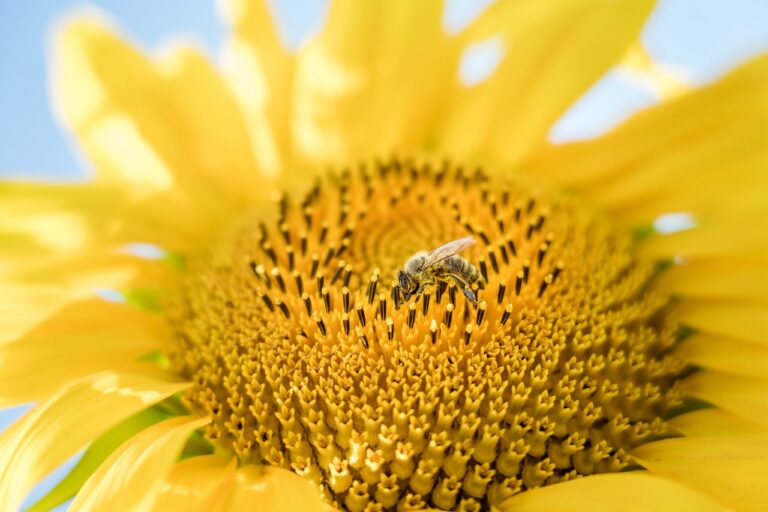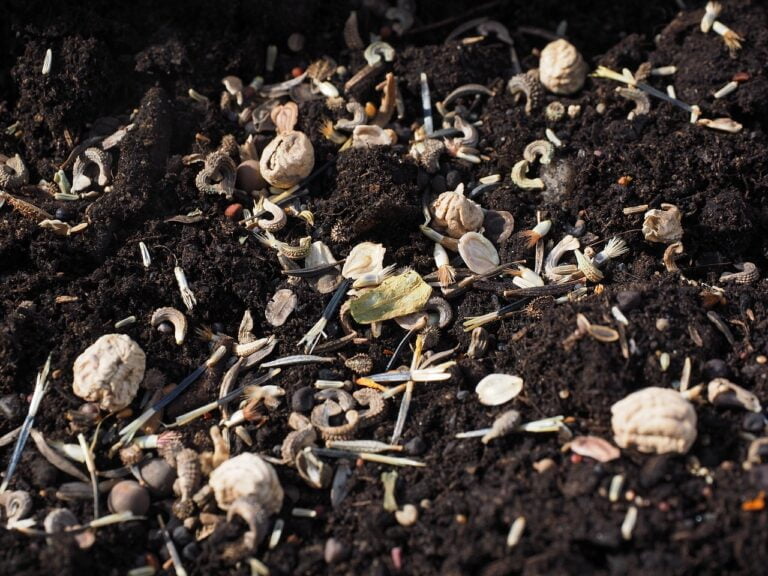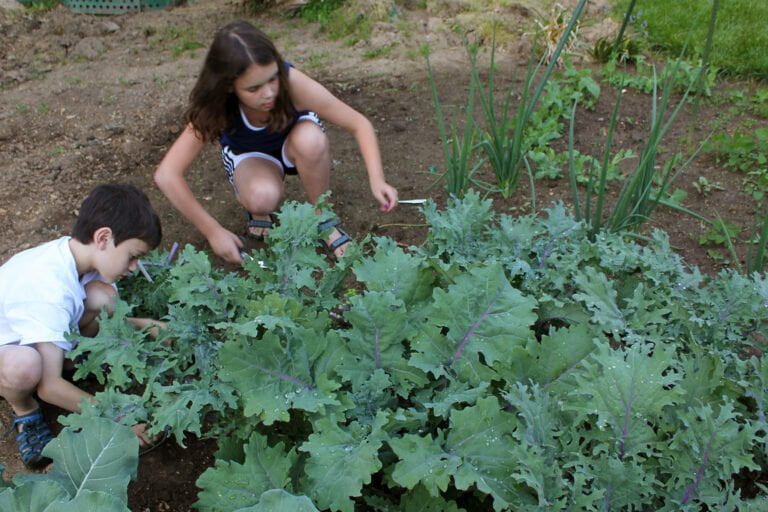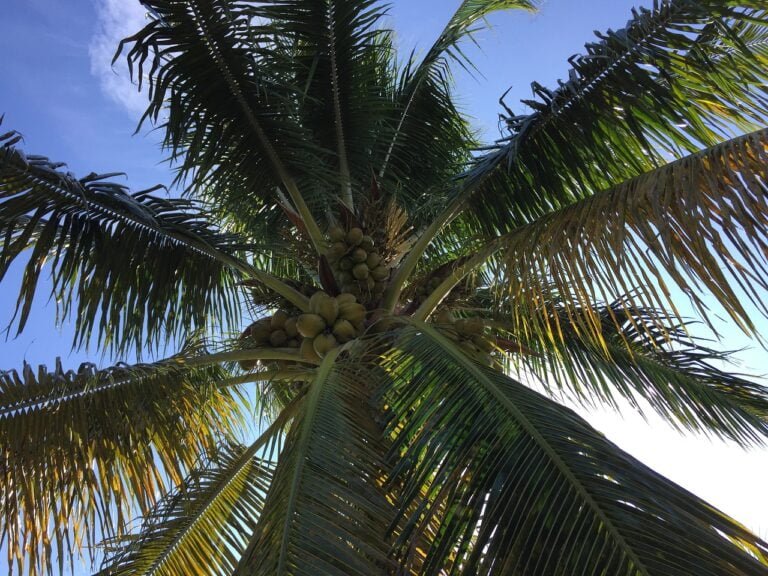Understanding Heirloom Seeds: What They Are and Their Importance
Are you curious about heirloom seeds and why they matter? In this article, we'll explore what heirloom seeds are and why they are important. You'll discover their rich history, unique characteristics, and the benefits of growing them. We'll also provide practical tips on how to identify, save, and store heirloom seeds, as well as how to successfully grow them in different climates. Join us on this informative journey to understand and appreciate the significance of heirloom seeds.
History of Heirloom Seeds
To comprehend the significance of heirloom seeds, it is essential to delve into the rich history that surrounds them. Heirloom seeds have a storied past, dating back centuries. These seeds are open-pollinated varieties that have been passed down through generations, carefully saved and preserved. Unlike modern hybrid seeds, heirlooms have not been genetically modified or altered in any way. They are a link to our agricultural heritage, carrying with them the flavors, textures, and resilience of the past. Heirloom seeds have played a vital role in sustaining communities and preserving biodiversity. By growing and saving heirloom seeds, you are not only reconnecting with history but also contributing to the preservation of valuable plant genetic resources. Embrace the tradition of heirloom seeds and become a steward of the past for future generations.
Characteristics of Heirloom Seeds
As you delve into the characteristics of heirloom seeds, you will discover their unique traits that have been carefully preserved through generations of cultivation. Heirloom seeds are known for their diversity and adaptability. They come in a wide range of colors, shapes, and sizes, offering a variety of options for gardeners. These seeds have a remarkable ability to adapt to different climates and growing conditions, making them resilient and reliable. Heirloom seeds also possess exceptional flavor and taste, which is why they are highly sought after by chefs and food enthusiasts. Additionally, these seeds have a longer shelf life compared to hybrid or genetically modified seeds, making them a practical choice for long-term storage. By using heirloom seeds, you not only support the preservation of agricultural biodiversity but also enjoy the satisfaction of growing and consuming unique, flavorful, and nutritious produce.
Benefits of Growing Heirloom Seeds
One benefit of growing heirloom seeds is that they offer a wide range of unique and flavorful produce options. Unlike hybrid or genetically modified seeds, heirloom seeds have been passed down through generations and are open-pollinated. This means that the plants grown from these seeds will produce fruits and vegetables that closely resemble the parent plant. Heirloom varieties come in a diverse array of shapes, sizes, and colors, each with its own distinct taste and texture. From vibrant purple tomatoes to sweet and juicy watermelons, heirloom seeds allow you to explore a world of flavors that you won't find in traditional grocery stores. By growing these seeds, you can experience the joy of growing and tasting extraordinary produce while preserving the rich agricultural heritage of our ancestors.
How to Identify Heirloom Seeds
If you want to identify heirloom seeds, you can look for specific characteristics that distinguish them from hybrid or genetically modified varieties. Heirloom seeds are known for their rich history and genetic purity. One of the key features to look for is the variety's age. Heirloom seeds have been passed down through generations, often for more than 50 years. Another characteristic is their diversity. Heirlooms come in a wide range of colors, shapes, and sizes, unlike hybrids that tend to have a uniform appearance. Additionally, heirloom plants usually have open-pollinated flowers, allowing for natural cross-pollination and seed-saving. Lastly, heirloom seeds are typically open-pollinated and can be saved, meaning you can harvest and replant the seeds year after year. By understanding these distinguishing features, you can confidently identify and choose heirloom seeds for your garden.
Saving and Storing Heirloom Seeds
To save and store heirloom seeds, you can follow simple steps to ensure their longevity and viability. First, start by harvesting seeds from your healthiest and most productive plants. Allow the fruits or vegetables to fully mature on the plant before collecting the seeds. Next, remove the seeds from the fruits or vegetables and clean them thoroughly by removing any pulp or debris. Make sure the seeds are completely dry before storing them. Store the seeds in a cool, dry, and dark place, such as a glass jar or an airtight container. It's important to label each container with the name of the seed variety and the date of harvest. With proper storage conditions, heirloom seeds can remain viable for many years, ensuring a continuous supply of unique and resilient plants for future generations.
The Importance of Preserving Heirloom Seeds
Preserving heirloom seeds is vital for ensuring the continued availability and diversity of these unique plant varieties for future generations. By saving and storing heirloom seeds, you are actively participating in the preservation of our agricultural heritage. These seeds are not only a link to the past, but they also offer a wide range of benefits for the present and the future.
Heirloom seeds are often open-pollinated, which means that they naturally reproduce through pollination by insects, birds, wind, or other natural means. This natural process allows for a greater genetic diversity within the plants, making them more adaptable to different growing conditions and resistant to pests and diseases. Preserving these seeds helps to maintain this genetic diversity, ensuring that we have access to a wide range of plant varieties for our gardens and farms.
Moreover, heirloom seeds often possess unique flavors, colors, and textures that are distinct from those of modern hybrid varieties. By preserving these seeds, you are safeguarding the rich culinary heritage and taste experiences that they offer. Imagine enjoying a tomato that bursts with flavor or a corn variety that was treasured by generations past. Preserving heirloom seeds allows us to continue savoring these culinary delights and passing them down to future generations.
Preserving heirloom seeds also serves as an act of resilience and self-reliance. In an era where commercial seed companies dominate the market with a limited selection of hybrid varieties, saving and storing heirloom seeds allows you to take control of your own food production. By preserving these seeds, you are ensuring that you have a sustainable source of seeds for future planting seasons, reducing dependence on external sources, and promoting food security.
In addition to their flavors and self-sufficiency benefits, heirloom seeds also have historical and cultural significance. They are a living testament to our ancestors' knowledge and practices in agriculture. By preserving these seeds, we honor their wisdom and preserve a connection to our past. Furthermore, many heirloom seeds have been passed down through families for generations, carrying with them stories and memories. Preserving these seeds allows us to cherish and continue these family traditions, creating a sense of continuity and identity.
Growing Heirloom Seeds in Different Climates
To successfully grow heirloom seeds in different climates, you need to understand their specific requirements and adapt your gardening practices accordingly. Heirloom seeds have been passed down for generations and have adapted to specific climates over time. When planting in a different climate, it is important to research the ideal growing conditions for each type of heirloom seed. Some seeds may require a longer growing season, while others may need cooler temperatures or more moisture. Additionally, consider the soil type and fertility, as certain heirloom seeds may have specific soil preferences. To ensure successful growth, it may be necessary to provide additional protection, such as using cloches or row covers to extend the growing season or protect against frost. By understanding and accommodating the unique needs of each heirloom seed, you can enjoy a bountiful harvest in any climate.
Popular Heirloom Seed Varieties
When growing heirloom seeds in different climates, it is important to understand their specific requirements and adapt your gardening practices accordingly, especially when it comes to popular heirloom seed varieties. Some popular heirloom seed varieties include the Brandywine Tomato, which is known for its large, flavorful fruits and requires plenty of sunlight and warm temperatures to thrive. The Black Beauty Zucchini is another popular heirloom variety that produces dark green fruits with a rich, nutty flavor. It prefers well-drained soil and regular watering. The Scarlet Runner Bean is a vibrant, climbing vine that produces beautiful red flowers and edible beans. It grows best in full sun and requires a trellis or support to climb on. By understanding the specific needs of these popular heirloom varieties, you can ensure successful growth and a bountiful harvest.
Supporting Local Heirloom Seed Producers
How can you actively support local heirloom seed producers in your community? By supporting local heirloom seed producers, you are not only preserving biodiversity but also contributing to the sustainability of your community. There are several ways you can show your support. Firstly, buy heirloom seeds directly from local producers. This ensures that your money goes directly to the people who put in the hard work to produce these seeds. Secondly, spread the word about local heirloom seed producers through word-of-mouth, social media, or community events. This helps to create awareness and generate more business for them. Lastly, participate in local seed swaps or seed saving initiatives. This not only helps to increase the availability of heirloom seeds but also encourages community engagement and knowledge sharing. Supporting local heirloom seed producers is a practical way to contribute to the preservation of our agricultural heritage.
Tips for Successful Heirloom Seed Gardening
For a successful heirloom seed garden, make sure to use the right amount of water and sunlight. Water is essential for the growth and development of plants, but it is important not to overwater as it can lead to root rot and other diseases. Monitor the moisture levels of the soil and water accordingly, ensuring that the soil is moist but not waterlogged. Similarly, sunlight is crucial for photosynthesis, which is the process by which plants convert sunlight into energy. Most heirloom plants require at least six hours of direct sunlight per day. Make sure to choose a suitable location for your garden that receives adequate sunlight. If your garden is shaded, consider using reflective materials to maximize sunlight exposure. By providing the right amount of water and sunlight, you can ensure the healthy growth of your heirloom seed garden.
Conclusion
In conclusion, heirloom seeds are a valuable part of our gardening heritage. They possess unique characteristics and histories that make them important for preserving biodiversity and flavor. By growing heirloom seeds, we can reconnect with our past and support local seed producers. Whether you're a beginner or experienced gardener, saving and storing heirloom seeds is a simple and rewarding practice. So, why not give it a try and enjoy the beauty and deliciousness of heirloom plants in your own garden?






